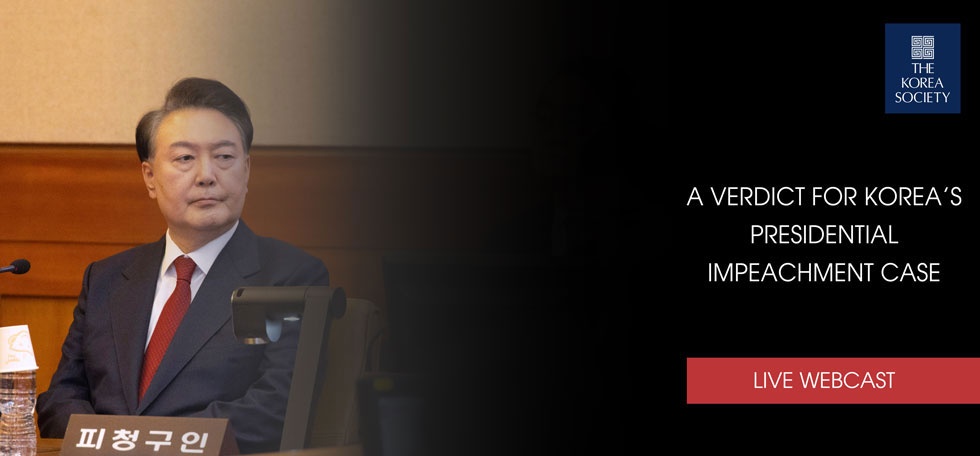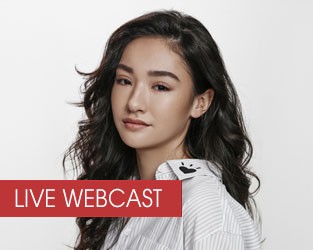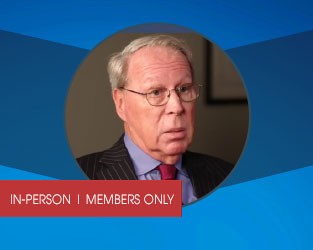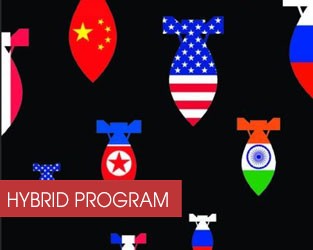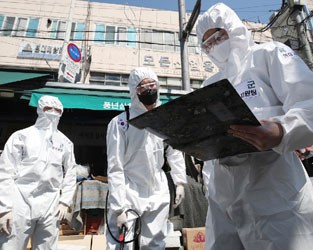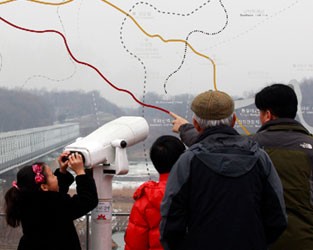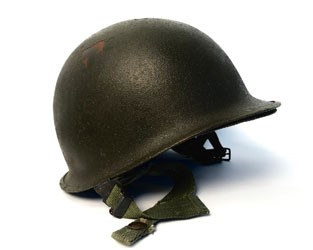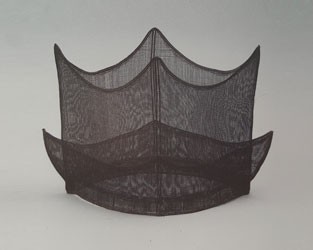October 17- 29, 2009
This year's Fall Fellowship selected nine participants to travel to Korea from October 17 through 29. The first stop upon arriving in Seoul was the sisupje (guest house) at the Academy of Korean Studies where the fellows stayed overnight and enjoyed dinner and conversation with Mark Peterson, professor of Korean studies at Brigham Young University. During the first few days, the group spent their mornings attending lectures given by some of the best scholars in Korea. The lectures included "The Historic Villages of Korea and Hanok," by Dr. Hong Hee Jeon, professor of Architecture at Seoul National University, and "Insights into Contemporary Korea," by Dr. Choong Soon Kim, president of Korea Digital University. In the afternoons, the fellows traveled to notable sites, such as Seoul National Museum and Kyŏngbok Palace. Following their exploration of Seoul, the group embarked on a seven-day tour of major cultural and historical sites throughout the southern part of the country, starting with Ch'ŏngju and its Early Printing Museum. For the next few days, the participants learned about Korean Buddhism through a visit to Haeinsa and an extraordinary overnight stay at the Unmunsa convent outside Taegu. The temple stay gave the fellows rare insight into Buddhism and its impact on Korea. A visit to Yangdong Historic Village helped the participants understand the lasting influence of Confucian values and engaged them in questions of how to incorporate Confucian scholarship into American social-studies curricula. Following a visit to the Sŏkkuram Grotto and Pulguksa in Kyŏngju, the fellows climbed Namsan. The fellows concluded the trip by returning to Seoul to visit the Leeum Museum and enjoy a modern dance performance by the Sohn In-Young Dance Group at the Art Center.
Fall fellow Jennifer Oldstone-Moore shared her reflections on the program:
“The Fall fellowship is a smart and effective way to bring people who teach and publish up to speed on Korea's culture, politics, economics, and history. Lectures (delivered both in the classroom and on the bus) and field trips were equally valuable to me. Dear to my heart are the visits to Unmunsa and Yangdong... My own understanding of Korean culture and history has been quite transformed. I do not think of it as derivative, or as “the place in between.” I can now see Korea as an independent subject and I am confident that I can teach it as such, not needing the crutch of my familiarity with China and Japan to situate my information any more. I'm grateful to all of you for giving me the opportunity and the tools to make Korean religion, culture, and history something I look forward to teaching."
Fellow Maya Lotz also shared her excitement upon returning from the trip:
“Nearly every activity of the Fellowship was worthwhile and memorable. Lectures were relevant and engaging. Field trips were varied, comprehensive, and fun! Learning about ancient history (at temples, museums, and archeological sites) at the same time as we were experiencing avant-garde Korea (at contemporary dance performances and modern art installations) was a fascinating juxtaposition that helped put Korea's dynamic culture into perspective.”
Fall 2009 Fellowship Participants
Elizabeth Carpentiere
Cobblestone Publishing
Peterborough, NH
Kyung Sun Cho
California State University, Fullerton
Fullerton, CA
Elizabeth W. Harris
Houghton Mifflin Harcourt
Austin, TX
Andrea Maya Lotz
Houghton Mifflin Harcourt
Orlando, FL
Lorraine Murray
Encyclopedia Britannica, Inc.
Chicago, IL
Jennifer Oldstone-Moore
Wittenberg University
Springfield, OH
Christian E. Peterson
University of Hawai’i at Manoa
Honolulu, HI
Nancy Rogier
Teachers' Curriculum Institute
Palo Alto, CA
Rachel Winter
Pearson Education
Upper Saddle River, NJ

